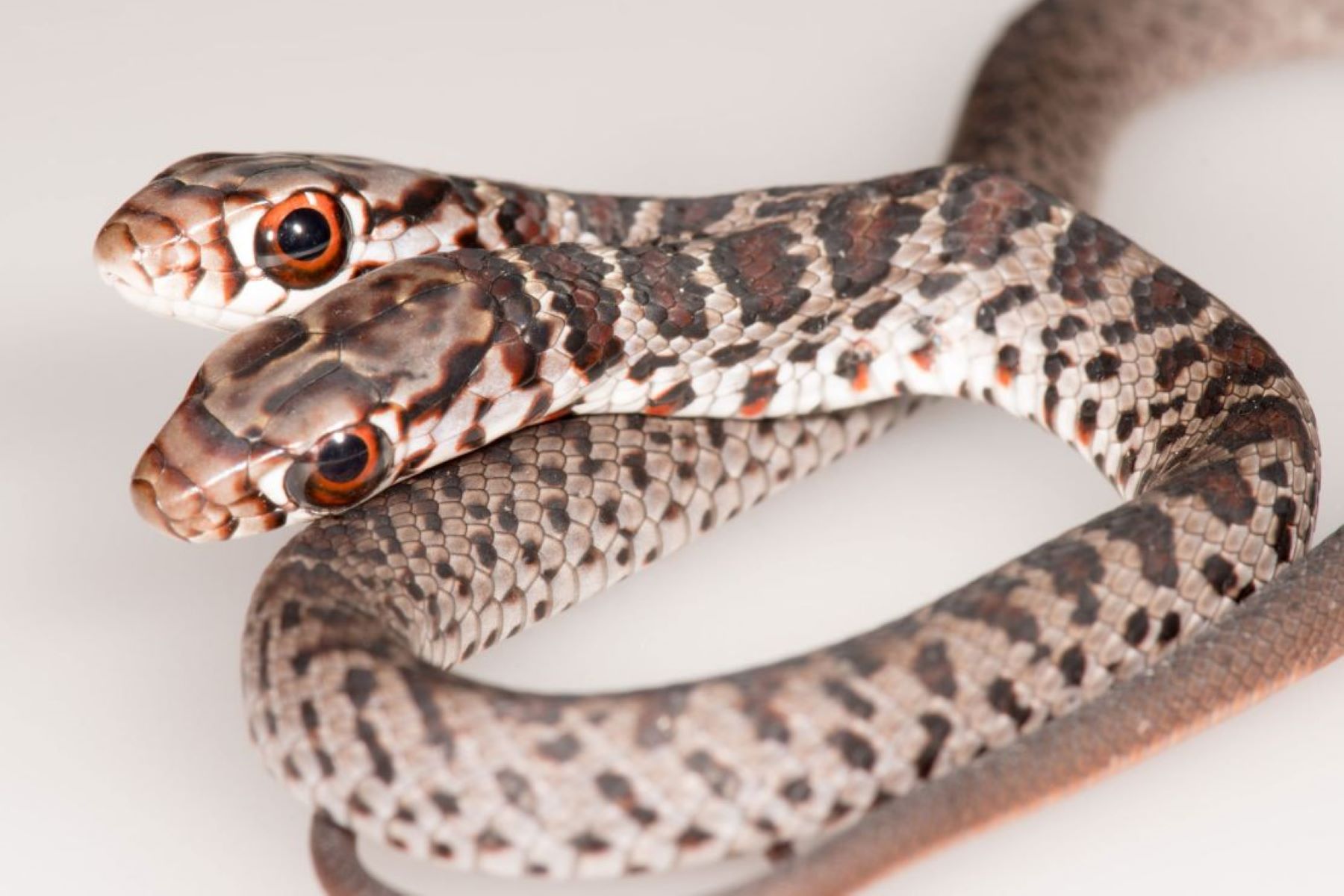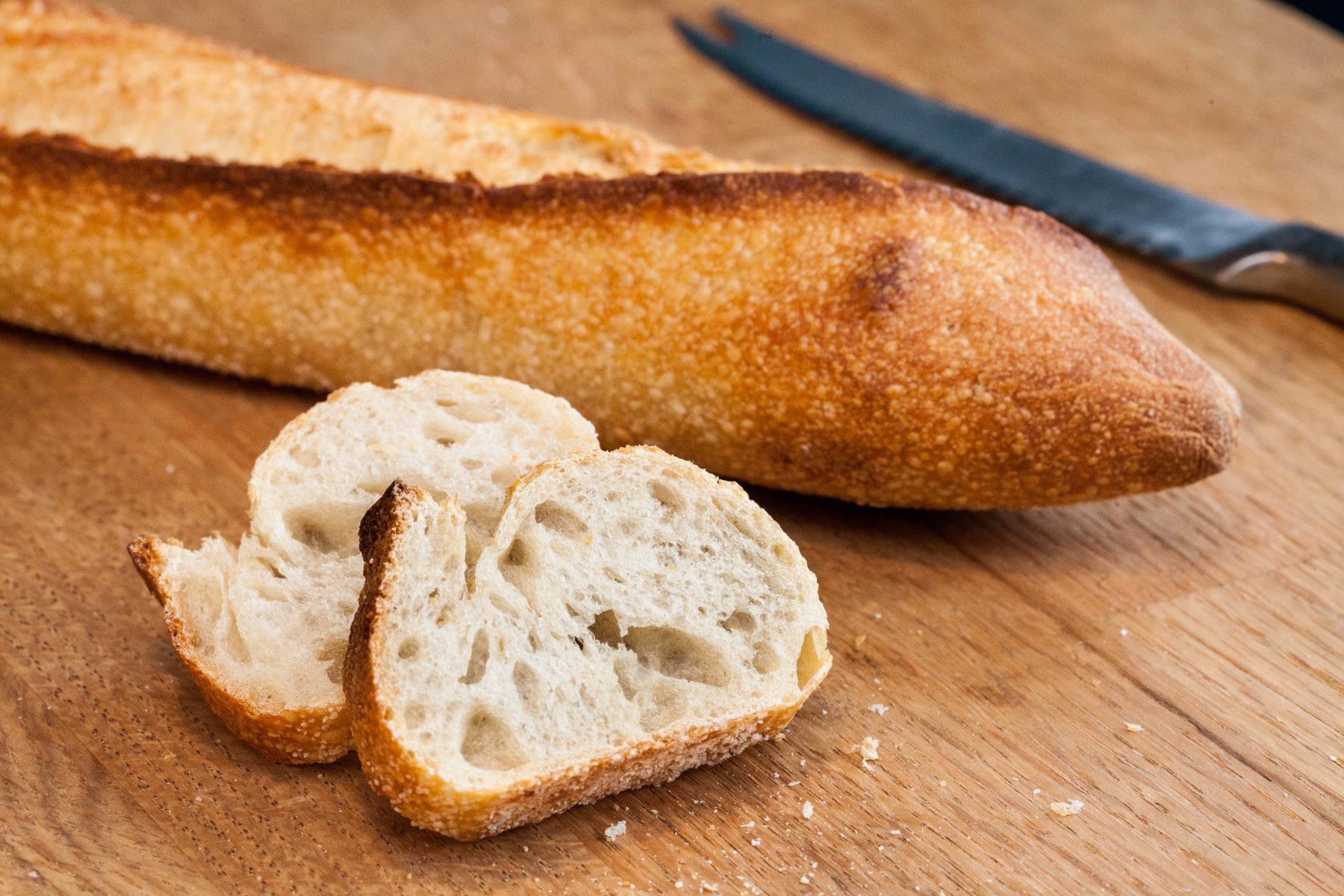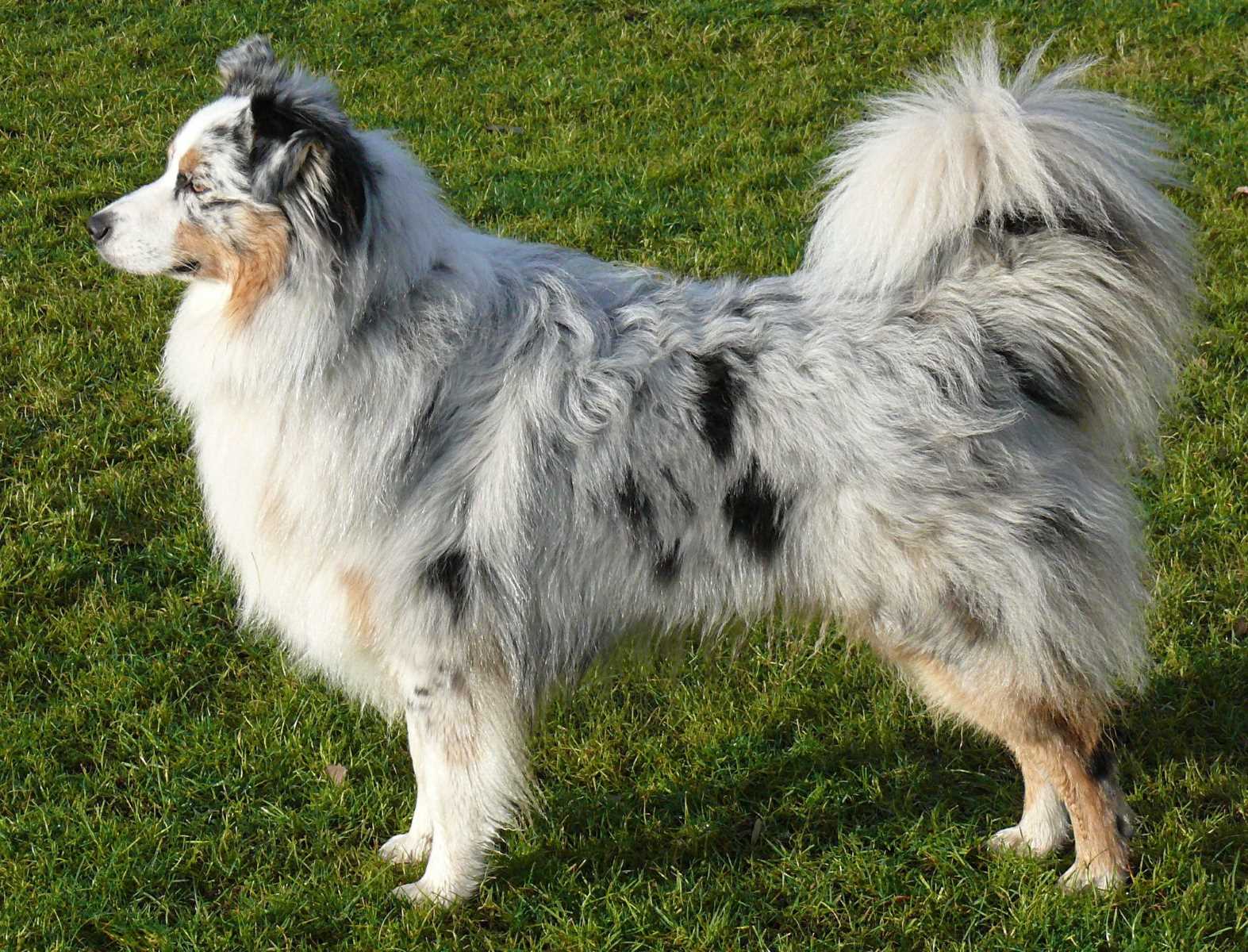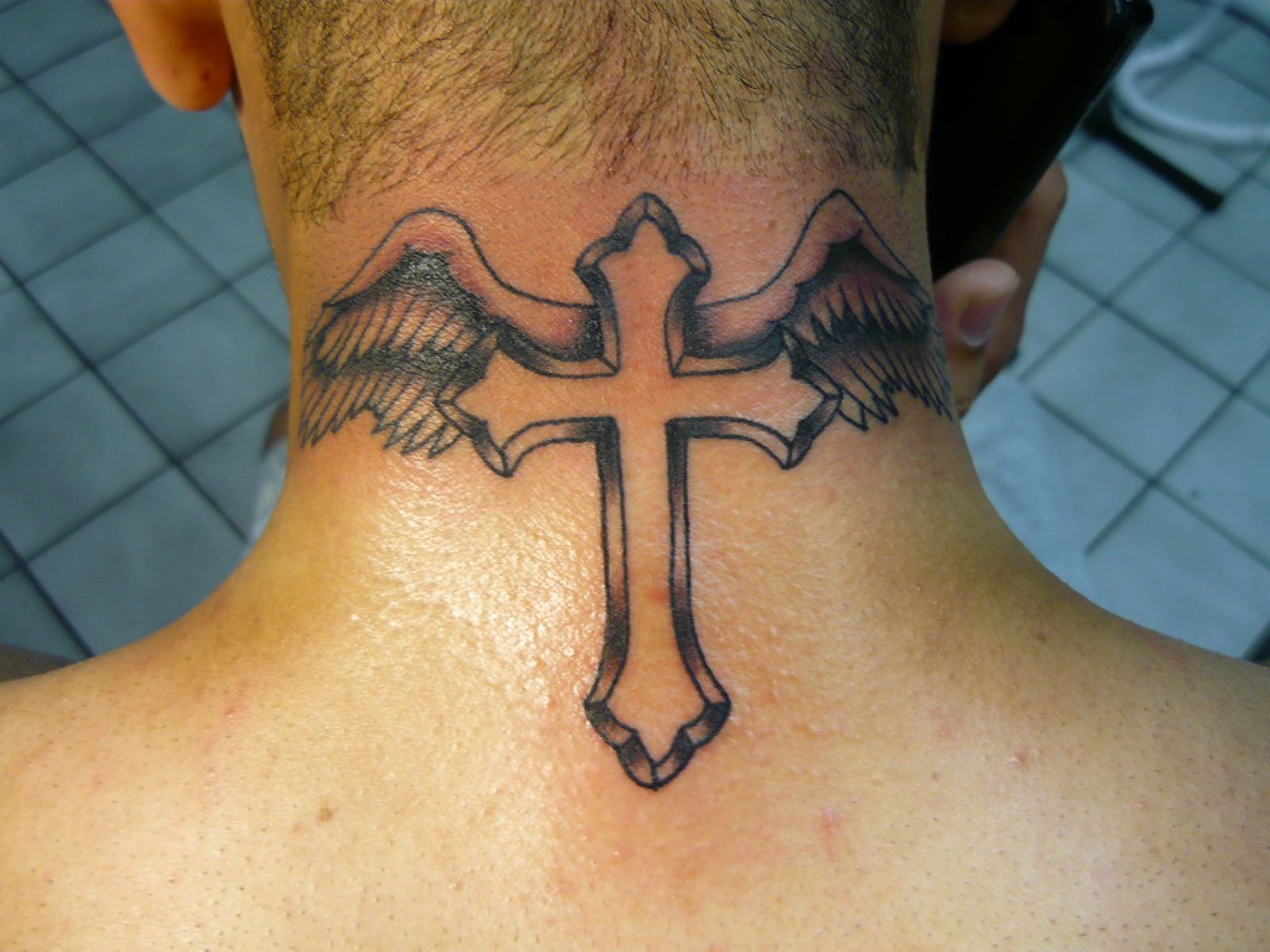Home>Pets & Animals>The Fascinating Truth About French Bulldogs’ Tails


Pets & Animals
The Fascinating Truth About French Bulldogs’ Tails
Published: February 18, 2024
Discover the unique tail characteristics of French Bulldogs and how it impacts their behavior. Learn about the intriguing facts surrounding these beloved pets. Ideal for pet lovers and animal enthusiasts.
(Many of the links in this article redirect to a specific reviewed product. Your purchase of these products through affiliate links helps to generate commission for Regretless.com, at no extra cost. Learn more)
Table of Contents
Introduction
French Bulldogs are beloved for their distinctive bat-like ears, affectionate nature, and charming personality. However, one aspect of these delightful companions that often sparks curiosity is their unique tails. Unlike many other dog breeds, French Bulldogs are known for their short, stumpy tails that add to their overall appeal. In this article, we will delve into the fascinating world of French Bulldogs' tails, exploring their evolution, genetics, function, common issues, and how to care for them.
French Bulldogs, affectionately referred to as "Frenchies," have become increasingly popular as companion animals due to their lovable temperament and adaptability to various living environments. Their tails, or lack thereof, are an intriguing feature that sets them apart from other breeds. Understanding the history, genetics, and significance of French Bulldogs' tails can provide valuable insights into the unique characteristics of these beloved canine companions.
Join us on a journey to uncover the captivating truth behind French Bulldogs' tails, from their evolutionary origins to the practical considerations of tail care. Whether you're a proud Frenchie owner, considering adding one to your family, or simply intrigued by the world of canine genetics, this exploration of French Bulldogs' tails is sure to pique your interest and deepen your appreciation for these delightful dogs.
The Evolution of French Bulldogs' Tails
French Bulldogs, known for their distinctive appearance and amiable disposition, possess a tail that is a result of selective breeding and genetic mutations. Historically, their ancestors, the Molossians, had long, straight tails. However, through the process of selective breeding, the tail of the French Bulldog has evolved into its current characteristic short, stumpy form.
The transformation of the French Bulldog's tail can be attributed to the breed's development in the 19th century. During this period, breeders sought to cultivate a smaller, more compact version of the Bulldog, which would be well-suited for urban living. As a result, the English Bulldog was crossed with various smaller breeds, including terriers and Pugs, to create the French Bulldog. Through these intentional breeding efforts, the tail of the French Bulldog gradually became shorter and acquired its distinctive appearance.
Genetic mutations also played a significant role in shaping the evolution of French Bulldogs' tails. The breed's genetic makeup contains variations that influence tail length and structure. Specifically, a natural occurring genetic anomaly known as the screw tail gene has been linked to the characteristic short and corkscrew-shaped tails seen in French Bulldogs. This genetic mutation has been perpetuated through selective breeding, contributing to the unique tail morphology observed in the breed today.
Furthermore, the alteration of the French Bulldog's tail can be attributed to practical considerations. The compact and abbreviated tail of the French Bulldog is not merely a cosmetic feature but also serves a functional purpose. In the breed's early days, a shorter tail was favored as it reduced the risk of injury during bull-baiting, an activity in which Bulldogs were historically involved. Over time, as the breed transitioned from its original role as a working dog to a cherished companion, the shortened tail became a defining characteristic, adding to the breed's distinctive charm.
In essence, the evolution of the French Bulldog's tail is a testament to the intricate interplay between selective breeding, genetic mutations, and practical considerations. The result is a unique and endearing feature that contributes to the breed's overall appeal and has captured the hearts of dog enthusiasts worldwide.
The Genetics of French Bulldogs' Tails
The genetics of French Bulldogs' tails offer a captivating glimpse into the intricate interplay of inherited traits that contribute to the breed's distinctive tail morphology. At the core of this genetic makeup lies the influence of selective breeding and specific genetic mutations that have shaped the appearance of French Bulldogs' tails as we know them today.
Selective breeding has played a pivotal role in molding the genetic composition of French Bulldogs, including the characteristics of their tails. During the breed's development in the 19th century, breeders intentionally selected for traits that would distinguish the French Bulldog from its larger English Bulldog relatives. This deliberate breeding process aimed to create a smaller, more compact dog ideal for urban living, which included refining the tail structure. By carefully choosing breeding pairs with desired tail characteristics, breeders were able to perpetuate specific traits, leading to the distinct short and stumpy tails that are emblematic of French Bulldogs.
In addition to selective breeding, the genetics of French Bulldogs' tails are influenced by specific genetic mutations. One such mutation, known as the screw tail gene, has been identified as a significant contributor to the breed's unique tail morphology. This genetic anomaly results in a shortened and corkscrew-shaped tail, a defining feature of French Bulldogs. Through the process of selective breeding, this mutation has been perpetuated and amplified within the breed, further solidifying the distinctive appearance of French Bulldogs' tails.
Moreover, the genetics of French Bulldogs' tails are intertwined with the breed's historical function and practical considerations. The compact and abbreviated tail of the French Bulldog serves as a testament to the breed's transition from its original role as a working dog to a cherished companion. This transition has influenced the genetic predisposition for shorter tails, as it reduces the risk of injury and aligns with the breed's evolution from a working dog to a beloved household pet.
In essence, the genetics of French Bulldogs' tails offer a compelling narrative of how selective breeding, genetic mutations, and historical context have converged to produce the unique and endearing tail characteristics that define this beloved breed. This genetic legacy underscores the intricate and fascinating nature of canine genetics and serves as a testament to the enduring allure of French Bulldogs and their captivating tails.
The Function of French Bulldogs' Tails
The distinctive appearance of French Bulldogs' tails serves a functional purpose that extends beyond mere aesthetics. Despite their shortened length, these tails play a crucial role in communication, balance, and overall body language for these beloved canine companions.
Communication:
French Bulldogs utilize their tails as a means of non-verbal communication, conveying a range of emotions and moods to their human companions and fellow canines. While their tails may not have the same range of motion as longer tails, French Bulldogs adeptly express joy, excitement, and contentment through subtle wagging and positioning of their tails. Additionally, a tucked tail can indicate fear or discomfort, offering valuable insight into a Frenchie's emotional state.
Balance and Stability:
The tail of a French Bulldog contributes to their balance and stability, particularly when navigating various terrains and engaging in physical activities. Despite its compact size, the tail serves as a counterbalance, aiding in the dog's agility and coordination. This is particularly beneficial for French Bulldogs, known for their playful and spirited nature, as it allows them to maintain stability during movement and play.
Body Language:
The position and movement of a French Bulldog's tail provide essential cues about their intentions and demeanor. A raised tail often signifies alertness and confidence, while a lowered or tucked tail may indicate submission or unease. Understanding a Frenchie's body language, including the subtle nuances of their tail movements, is crucial for interpreting their feelings and needs, thereby strengthening the bond between the dog and their human companions.
In essence, the function of French Bulldogs' tails transcends their physical appearance, serving as a vital tool for communication, balance, and expression. Despite their compact size, these tails are integral to the overall demeanor and well-being of French Bulldogs, enriching their interactions with humans and other animals while contributing to their unique charm and appeal.
Common Tail Issues in French Bulldogs
French Bulldogs, like many other dog breeds, are susceptible to a variety of tail-related issues that can impact their health and well-being. Understanding these common tail issues is essential for Frenchie owners to provide proper care and seek timely intervention when necessary.
-
Brachyurus (Short Tail): The characteristic short tail of French Bulldogs, known as brachyurus, is a breed-specific trait that can sometimes lead to health concerns. Due to the shortened length of their tails, French Bulldogs may be more prone to experiencing discomfort or irritation in the tail region, particularly if the tail is tightly curled or positioned close to the body. This can result in skin fold dermatitis or other skin-related issues, emphasizing the importance of regular monitoring and hygiene maintenance.
-
Tail Pocket Infections: French Bulldogs, with their adorable screw tails and compact bodies, are predisposed to developing tail pocket infections. The tail pocket, a small indentation near the base of the tail, can accumulate moisture, dirt, and debris, creating an environment conducive to bacterial or yeast overgrowth. This can lead to discomfort, foul odor, and inflammation. Owners should diligently clean and dry the tail pocket area to prevent infections and promptly seek veterinary care if signs of inflammation or infection arise.
-
Tail Injuries: Despite their diminutive tails, French Bulldogs are susceptible to tail injuries, particularly in active or playful scenarios. Accidental trauma, such as getting the tail caught in a closing door or being stepped on, can result in sprains, fractures, or lacerations. Additionally, rough play with other dogs or engaging in vigorous activities can put the tail at risk. Vigilant supervision and creating a safe environment can help mitigate the risk of tail injuries.
-
Tail Docking Complications: In some cases, French Bulldogs may undergo tail docking, a surgical procedure involving the partial amputation of the tail. While this practice is increasingly discouraged and even illegal in many regions due to ethical considerations, instances of tail docking may still occur. Complications such as infection, nerve damage, and chronic pain can arise from improperly performed tail docking procedures, underscoring the importance of adhering to ethical and responsible breeding practices.
By being aware of these common tail issues and taking proactive measures to safeguard the well-being of their French Bulldogs, owners can promote a healthy and comfortable lifestyle for their beloved companions. Regular veterinary check-ups, attentive grooming, and creating a safe living environment are essential components of responsible Frenchie care, ensuring that their unique tails remain a source of charm and joy without compromising their health.
Tail Care for French Bulldogs
Tail care is an essential aspect of maintaining the overall health and well-being of French Bulldogs. Despite their compact tails, these beloved companions require attentive grooming, hygiene management, and proactive measures to prevent potential issues associated with their unique tail morphology.
-
Regular Inspection: Frenchie owners should routinely inspect their dog's tail and the surrounding area for any signs of irritation, redness, or unusual discharge. This proactive approach allows for early detection of potential concerns, enabling prompt intervention and treatment if necessary.
-
Hygiene Maintenance: Keeping the tail area clean and dry is crucial for preventing skin fold dermatitis and tail pocket infections. Gentle cleansing with a mild, dog-safe cleanser and thorough drying of the tail region can help mitigate the risk of moisture-related skin issues.
-
Tail Pocket Care: Due to the presence of a tail pocket, French Bulldogs are susceptible to infections in this area. Owners should gently clean the tail pocket, ensuring that it remains free from debris, moisture, and bacterial overgrowth. Regular maintenance of the tail pocket can significantly reduce the likelihood of infections and discomfort for the Frenchie.
-
Grooming Practices: When grooming a French Bulldog, it is important to pay special attention to the tail area. Careful brushing and maintenance of the tail's skin and coat can help prevent matting, which can contribute to skin irritation and discomfort. Additionally, trimming the hair around the tail region can aid in hygiene maintenance and reduce the risk of tangling or mat formation.
-
Preventing Tail Injuries: French Bulldogs, with their playful and spirited nature, may inadvertently subject their tails to potential injuries. Owners should create a safe environment for their Frenchie, minimizing the risk of accidents such as getting the tail caught in doors or underfoot. Supervision during playtime and ensuring a secure living space can help prevent tail-related mishaps.
-
Veterinary Consultation: Regular visits to the veterinarian are essential for monitoring the overall health of French Bulldogs, including their tail and skin health. Seeking professional guidance on tail care, hygiene practices, and potential preventive measures can contribute to the long-term well-being of these cherished companions.
By incorporating these tail care practices into their routine, Frenchie owners can ensure that their beloved pets enjoy optimal comfort, hygiene, and overall wellness. Proactive tail care not only promotes the physical health of French Bulldogs but also strengthens the bond between owners and their endearing canine companions, fostering a lifetime of joy and companionship.
Conclusion
In conclusion, the enigmatic tale of French Bulldogs' tails unveils a captivating saga of evolution, genetics, functionality, and responsible care. The distinctiveness of the Frenchie's tail, characterized by its shortened length and corkscrew shape, is a testament to the breed's rich history and enduring appeal. From their origins as companions of lace workers to their current status as beloved household pets, French Bulldogs have retained their endearing tail traits, serving as a defining feature of their charm and individuality.
The evolution of French Bulldogs' tails reflects the deliberate efforts of breeders to sculpt a smaller, more urban-friendly canine companion, resulting in the distinctive tail morphology that sets the breed apart. Genetic mutations, such as the screw tail gene, have further contributed to the unique appearance of Frenchie tails, underscoring the intricate interplay of genetics and selective breeding in shaping canine traits.
Beyond their aesthetic allure, French Bulldogs' tails serve essential functions, including non-verbal communication, balance, and expression of body language. These compact tails, while diminutive in size, play a pivotal role in conveying the emotional state and intentions of these affectionate companions, enriching the bond between dogs and their human counterparts.
Furthermore, understanding and addressing common tail-related issues, such as brachyurus, tail pocket infections, and tail injuries, are integral to ensuring the well-being of French Bulldogs. By embracing proactive tail care practices, including regular inspection, hygiene maintenance, and veterinary consultation, owners can safeguard the health and comfort of their cherished pets while preserving the unique charm of their tails.
In essence, the tale of French Bulldogs' tails is a testament to the enduring legacy of this beloved breed, encapsulating the blend of history, genetics, functionality, and responsible care that defines the Frenchie experience. As we continue to cherish and celebrate these delightful companions, let us embrace the enigmatic allure of their tails as a symbol of their resilience, adaptability, and unwavering companionship in the hearts and homes of dog enthusiasts worldwide.













